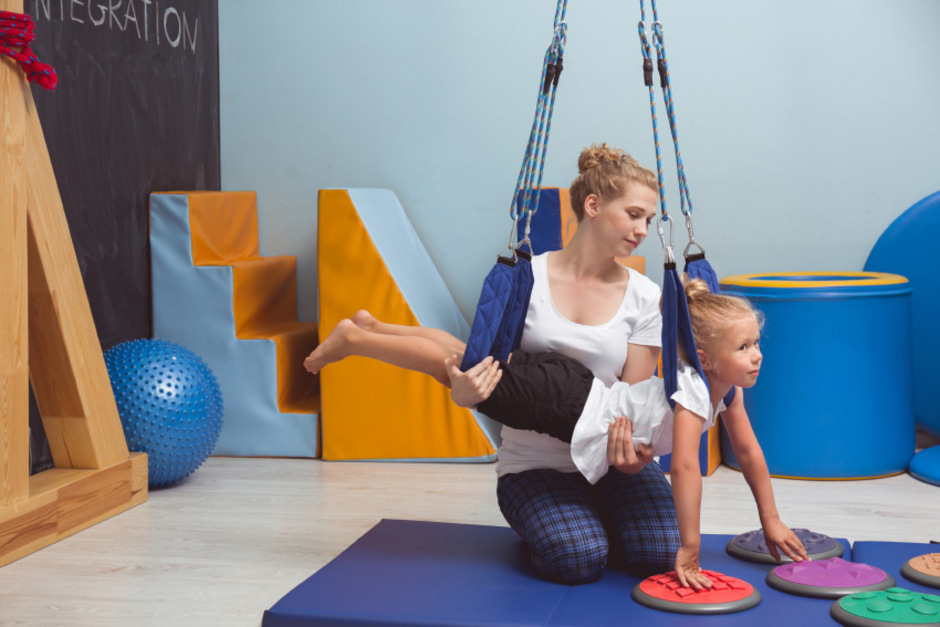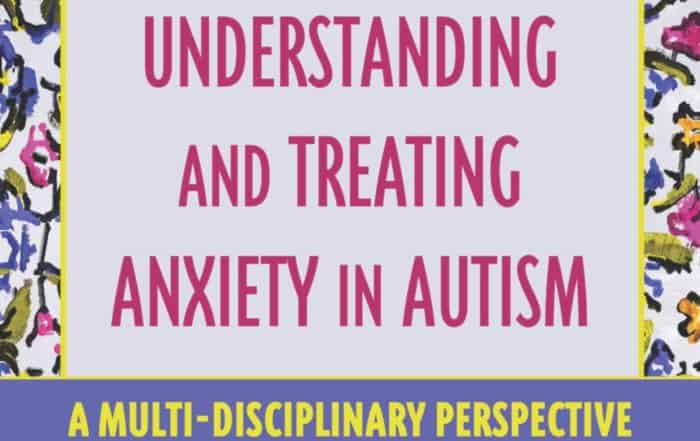
- Behavior Balance Dmg Autism Training Video
- Behavior Balance Dmg Autism Training Manual
- Behavior Balance Dmg Autism Training
- Behavior Balance Dmg Autism Training Center
- Behavior Balance Dmg Autism Training Program
Clive 1860 NW 118th Street, Suite 100 Clive, IA 50325 515-402-4130 or 1-888-2-AUTISM Services Offered:. Clinic Based Applied Behavior Analysis. Consultation and Training.
Autism is a complex neurological disorder affecting millions of people around the world. While it cannot be cured, it can be managed. With early diagnosis and early intensive intervention, nearly 50% of children with Autism can be taught to mainstream, allowing them to lead fulfilling, independent lives. Even if mainstreaming is not possible, with proper implementation, ABA can help over 90% of children make substantial gains (Lovaas, O. I. 1987).
- What is ABA anyway? In this session, Tim Sullivan (M.Ed., BCBA, LABA; Executive Director, NE ABA).
- The present study examined the effects of a visual-based biofeedback training on improving balance challenges in autism spectrum disorder (ASD). Twenty-nine youth with ASD (7-17 years) completed an intensive 6-week biofeedback-based videogame balance training. Participants exhibited training-related.
Autism affects the way the brain processes information. It impairs a person’s ability to communicate and interact with others. This makes learning based on standard methods of teaching, through which typical developing child learns, very difficult. People with Autism often exhibit behaviors and other impairments that may be difficult to address. Common deficits include:
•Impaired language and communication skills
•Severe behavioral issues, including repetitive behavior
Teaching people with Autism is a very time-consuming and painstaking process. Due to the way in which they process information, very basic skills must be broken down to their most finite steps, with each step being taught individually, in order for the person to fully learn the skill. Although it requires significant amount of time to teach a person with Autism, it is only through this kind of rigor that will lead to the person obtaining the level of functioning that of a typically developing peer.
This is where ABA comes in. ABA or Applied Behavior Analysis is an extremely rigorous and systematic method that uses behavioral principles to modify behavior. In simple terms, the goal of ABA is to use well defined techniques (or strategies) to decrease undesirable behavior and increase desirable or targeted behaviors (skills). The power of ABA is in its evidence-based results. Ole Ivar Lovaas, dubbed as the grandfather of ABA, proved that with early intervention and intensive behavioral therapy, children, regardless of where they fall on the Autism Spectrum, can achieve 47% success (defined by Lovaas as being “indistinguishable from their peers”).
ABA intervention, although highly effective, is very a laborious and time consuming intervention to implement. Because of the unique way in which a person with Autism learns, often, intensive one-on-one therapy (35 hours or more per week) is required in order achive optimal results. Depending upon the child’s progress, number of hours of intervention required may be decreased and programming setting changed from one-on-one intervention to group settings.
Behavior Balance Dmg Autism Training Video
Another significant factor in ABA intervention is the need for customized programming. To be able to efficiently and effectively treat a child with Autism, areas of skill deficits need to be identified, treatment plan developed, and a detailed curriculum created and constantly monitored (and modified as frequently as needed) to ensure that the child is always making progress. Considering all these factors, it is not surprising that the estimated cost of an intensive ABA program can exceed $50,000 per year. Methods can be put in place to reduce the financial burden and to increase effectiveness of ABA intervention, however, this is ONLY possible with proper implementation. Direct care staff, clinical experts, educators, parents, and support staff all properly informed and trained on a uniform methodology can generate the best outcomes for people with Autism Spectrum Disorder.
Behavior Balance Dmg Autism Training Manual


Lovaas, I. O. (1987). 'Behavioral Treatment and Normal Educational and Intellectual Functioning in Young Autistic Children'. Journal of Consulting and Clinical Psychology , 3-9.
Behavior Balance Dmg Autism Training
Copyright © by Special Learning Inc. All right reserved.
Behavior Balance Dmg Autism Training Center

Behavior Balance Dmg Autism Training Program
No part of this article may be reproduced in any manner whatsoever without written permission except in the case of brief quotations embodied in critical articles and reviews. For information, contact Special Learning, Inc. at: contact@special-learning.com